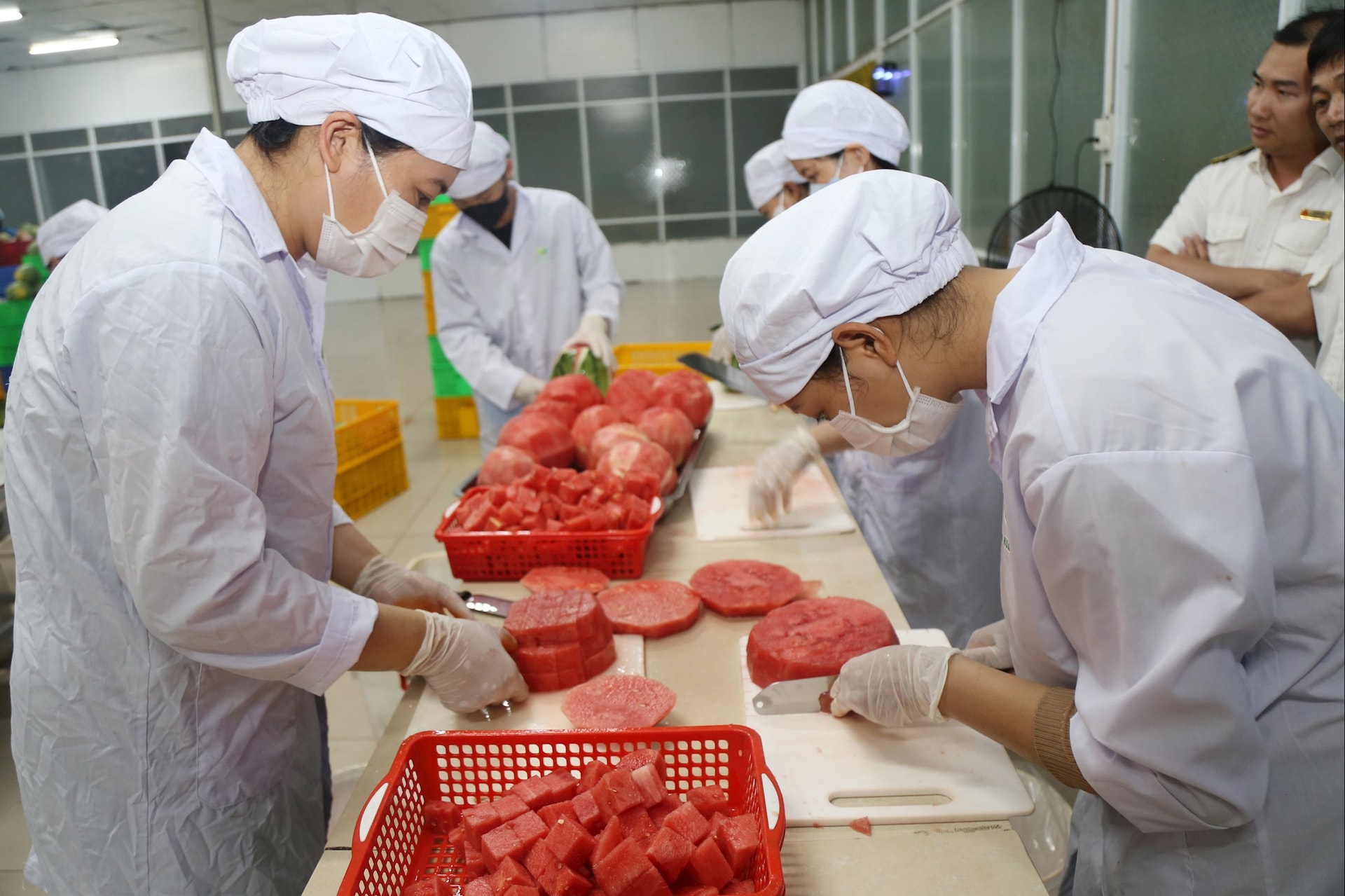
Weak in collateral
One of the most common reasons why businesses have difficulty accessing bank loans is the lack of collateral. According to bank regulations, borrowing often requires businesses to have collateral to secure the loan.
However, many small businesses, especially startups, do not have enough fixed assets or high-value assets to mortgage to banks. This is a big challenge.
Because in addition to financial reports, production plans, mortgaged assets are considered prerequisites for banks to prioritize loans.
Lam Dong currently has 27,000 private enterprises. Of these, the number of enterprises that can borrow capital from credit institutions is not much. For example, in the Lam Dong region, out of a total of 4,700 operating enterprises, only about 900 enterprises can borrow capital from commercial banks.
Most of the businesses operate in the agricultural sector. The collateral assets of the business are not always available or of high value.
The director of a commercial bank in Lam Dong said that assets are a necessary condition to increase customers' reputation and borrowing capacity.
However, most of the collateral for business loans in the province is secured by third parties such as: business owners, relatives, and related persons.
Some have mortgaged assets such as factories, perennial gardens... but have not been granted ownership. "The collateral assets almost only record land use rights, there is no property on the land. This makes it very difficult for the bank to base the valuation of the collateral assets," said this director.
Regarding mortgaged assets, Mr. Dinh Van Tung - Director of Thien An LLC, Kien Duc commune shared: "The assets of the enterprise are a necessary factor for the bank to consider lending.
However, the rate of collateral mortgage at credit institutions in Lam Dong is still quite low. This leads to the loan limit of enterprises rarely being as expected.
In addition to mortgage loans, unsecured loans are now being expanded to facilitate businesses in borrowing capital. However, because businesses do not meet the creditworthiness requirements for borrowing capital, it is difficult to implement.
According to credit institutions in the province, recently, low real estate prices and planning changes have affected businesses' collateral assets. Some real estate businesses disguised as agricultural businesses have also been affected.
Along with the issue of collateral, the current production and business plans of enterprises still have many shortcomings. This is considered the biggest barrier to building credibility with credit institutions.
Most of Lam Dong enterprises have limited qualifications in terms of leadership and management. The ability to grasp information, take advantage of opportunities, forecast and respond to market developments, and business strategy planning skills are still weak. From this, the development of production and business plans lack feasibility.
Credit institutions are still cautious.
According to the State Bank of Region 10, credit institutions in the area are still cautious in lending to enterprises, especially medium and long-term projects. The reason is fear of risks, difficulty in debt collection, and increasing bad debt.
The few businesses with good credit ratings and feasible production and business plans are often sought after by many credit institutions outside the province. In these cases, local credit institutions find it difficult to compete in lending policies due to pressure on interest rates.
Currently, the policy autonomy of Lam Dong provincial banks is still low. Most of the business lending policies being implemented depend on the central headquarters. Meanwhile, Lam Dong has its own characteristics, and the businesses it operates in are also unique.
Local banks are still passive and do not have enough voice in advising on implementing specific policies for businesses in the province.

Not to mention, banks are all branches, so the conditions and lending policies must comply with the general criteria set by the head office. Self-balancing of sufficient capital to meet the capital needs of the economy in general and businesses in particular is still low.
“Local capital mobilized only accounts for over 41.98% of total outstanding debt, commercial banks still have to receive capital from the head office at a relatively high cost, affecting the ability to reduce lending interest rates and implement preferential credit packages for businesses,” said Deputy Director of State Bank Region 10, in charge of Dak Nong Satellite - Pham Thanh Tinh.
In addition, some loan approval processes and policies at banks are still complicated and time-consuming. From collecting documents, evaluating collateral, assessing financial capacity to approving loans... Each step requires many procedures and documents. This makes many businesses feel discouraged in meeting the requirements of banks, especially when they need capital urgently to meet business needs.
Discussing the difficulty in accessing capital, Mr. Nguyen Kha - Director of Dai Dung Joint Stock Company, Cu Jut commune said that the company's total investment is more than hundreds of billions of VND.
However, the company has to borrow capital from credit institutions outside the province. “We want the locality to create conditions for us to be able to access bank loans. Because in the difficult economic context, it is impossible for enterprises to invest 100% of their capital,” Mr. Kha affirmed.
By the end of August 2025, the total outstanding loans for the entire economic sector in Lam Dong were 353,000 billion VND. Of which, short-term outstanding loans were 251,000 billion VND, and medium and long-term outstanding loans were 103,000 billion VND.
Source: https://baolamdong.vn/vi-sao-doanh-nghiep-lam-dong-kho-vay-von-tu-cac-to-chuc-tin-dung-389856.html





![[Photo] Prime Minister Pham Minh Chinh attends the groundbreaking ceremony of two key projects in Hai Phong city](https://vphoto.vietnam.vn/thumb/1200x675/vietnam/resource/IMAGE/2025/9/27/6adba56d5d94403093a074ac6496ec9d)








































































































Comment (0)